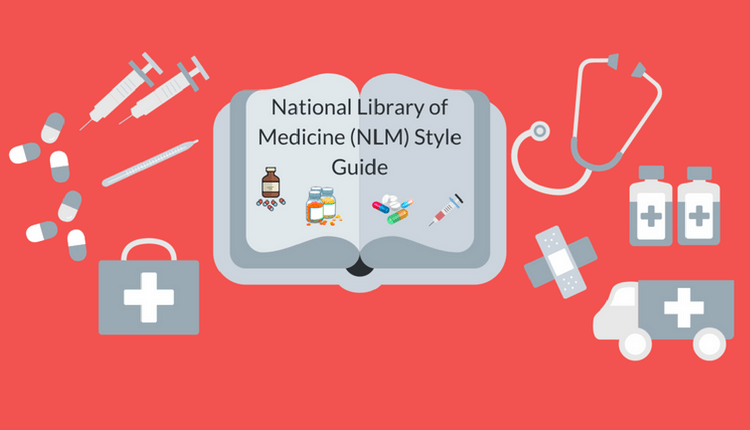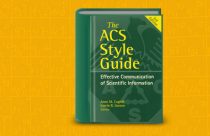The National Library of Medicine (NLM) Style Guide: A Brief Overview

There are many different style guides, and it is important for researchers to understand how and when to use them. But drafting your manuscript to meet specific style guidelines can be challenging. In this article, we will take a brief look at the National Library of Medicine (NLM) style guide for academic writing.
How Do I Know Which Style Guide to Use?
Writing style guides vary according to discipline and research journals. They tell us how to use grammar and syntax and format citations and references. The first step when preparing your article for publication is to check the journal requirements. If you are writing about medicine or biology, you may want to use the American Medical Association (AMA) style. If your article covers topics from the humanities or social sciences, you may prefer the Chicago Manual of Style (CMS) or the Modern Language Association (MLA) style. So when should we use NLM?
What is the NLM Writing Style Guide?
The National Library of Medicine (NLM) writing style guide is used often in medicine and kinesiology. It is written by the International Committee of Medical Journal Editors (ICMJE). Detailed instructions are available in Citing Medicine. Let us look at some of the specific features of NLM that make it unique.
- References- The page titled “References” includes the sources listed alphabetically.
- Journal Abbreviations- Journal titles should be abbreviated when you write in NLM style. For example, “Int J Oncol.” is the abbreviation for the International Journal of Oncology. But single word journal titles are never abbreviated. For example, Virology is written as “Virology”. If you are not sure how to abbreviate a journal title, one easy way to find out can be to look up the reference in PubMed.
- Date Formats- For journal articles, dates are listed as [year][month][date]. The first three letters (Jan, Feb, Mar etc.) denote the month’s name. If there is a volume or issue following the date, end it with a semicolon (;). For example, 2018 Mar 14;56(4).
- Page Number- For journal articles, write the beginning and end page numbers of the article. Do not include the letter p when citing articles. Page numbers are abbreviated. For example, write 100–7 to indicate pages 100–107.
- Authors- The NLM writing style lists all authors when it comes to author citations.
The following is an example of a journal citation using NLM formatting.
Fortney JA, Leong M. Saving mother’s lives: programs that work. Clin Obstet Gynecol. 2009 Jun;52(2):224-36.
In addition, the NLM writing style has some very specific guidelines for citing online materials. Let us review them in the next section.
Citing Online Materials using the NLM Writing Style
When using NLM to cite online materials, you must add the following items.
- The word “Internet” is placed in square brackets [Internet] after the journal title. Include the date of publication after that.
- After the date of publication, write the date of citation in square brackets [ ].
- If page numbers are not available, calculate the length of the article using print pages, paragraphs, or screens. For example, write [about 17p.] or [about 8 screens] or [37 paragraphs].
- Finally, include the URL after writing “Available from:”. For example, Available from: https://www.enago.com/academy/.
The following is an example of an online article citation using the NLM writing style guide.
Fortney JA, Leong M. Saving mother’s lives: programs that work. Clin Obstet Gynecol [Internet]. 2009 Jun[cited 2010 Jul 5];52(2):224-36. Available from: https://journals.lww.com/clinicalobgyn/Abstract/2009/06000/Saving_Mother_s_Lives__Programs_That_Work.15.aspx
Do you have other questions about how to use the NLM writing style guide? Please let us know your thoughts in the comments section below.









